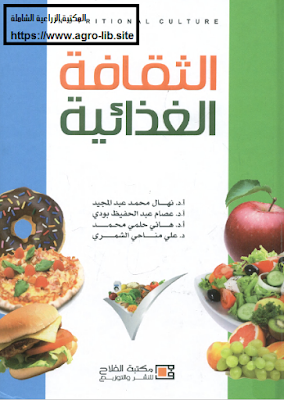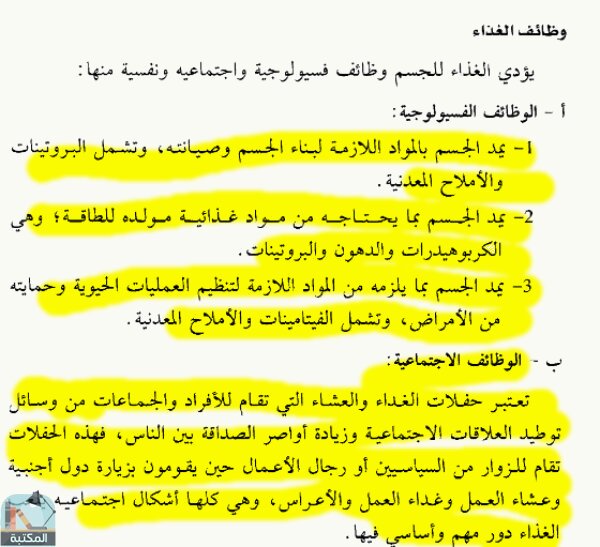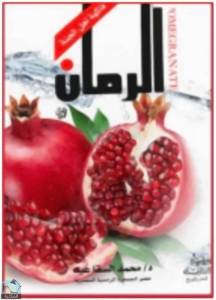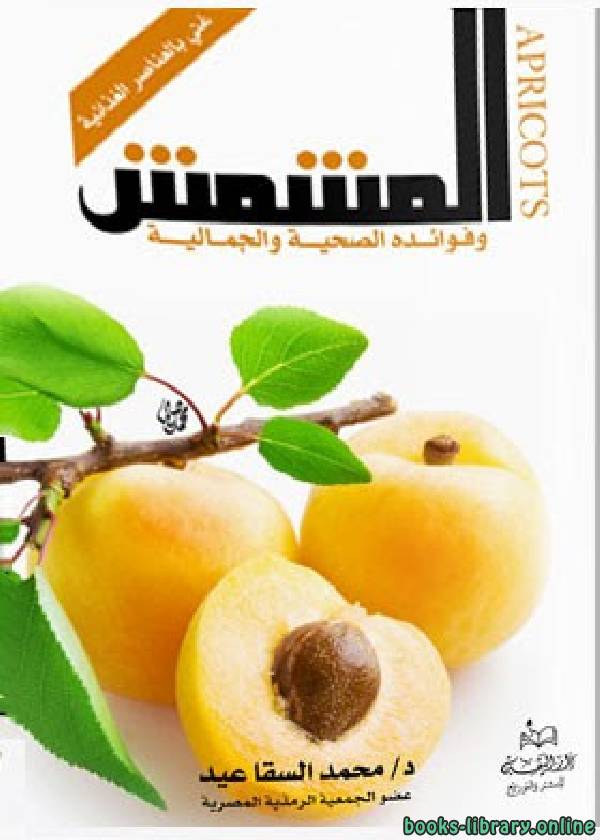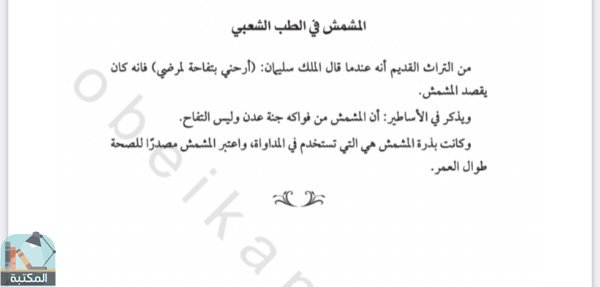❞ سلامة الأغذية ❝ 💬 اقتباسات من الكتب 📖
- سلامة الأغذية 💬 اقتباسات من الكتب 📖
█ حصريا تحميل كتاب مجاناً PDF اونلاين 2024
إنضم الآن وتصفح بدون إعلانات
اقتباسات في ❞سلامة الأغذية❝
-
❞ Microbiological Studies on Baby Foods
The present study deals with microbiological and chemical survey for common types of infant food products in Egyptian retail markets and pharmacies. The efficiency of different treatments, i.e. irradiation, fumigation and boiled water to reduce the microbial load and to ensure the hygienic quality was evaluated as well. To measure plant hygiene and product quality during manufacturing of infant-food packages, the bacteriological conditions of the equipment, hands of employees, packages and air inside the plant were also checked
ABSTRACT:
Fourty two samples of different infant food products were collected from retail markets and pharmacies around Cairo, Giza and 10th Ramadan cities during 2004 and 2005. These samples were examined for incidence of different types of microorganisms to evaluate their quality. Neither of the tested samples harbored any of the pathogenic bacteria that might be found in such products. Neither of the tested samples had any detectable levels of the aflatoxins. The colony counts in seven samples i.e. Riri with vegetables, Cerelac, Baby king special formula, Babysan 2, S-26 gold, Grebe fruit dessert and Baby calm herbal were considered to be unacceptable according to the Egyptian Standards. Yeasts & molds were found in riri with vegetables, cerelac, Grebe mixed vegetables and baby calm herbal samples. Coliforms could be detected in the cerelac and baby calm herbal samples. Preparation of baby calm herbals in hot water (100 °C) reduced the aerobic populations to the acceptable level recommended by the WHO i.e. lower than 104 cfu/g. Electron-beam treatment of baby foods such as baby calm at doses below 5 kGy may be required to achieve commertial “sterility” (i.e. a total aerobic plate count of <10/g), without affecting the quality change such as color and flavor. A decrease in the aerobic counts of most microorganisms found in herbal samples was observed at an ethylene oxide dose of 250 mg/l. At higher doses, the effect of the gas fumigation was sterile. Of 11 ports located on the production line at an infant food packags-manufacturing plant, seven of them contained Staph. aureus in counts reached 60 cfu/ swab. Coliforms and E. coli could be detected from two ports. Microbial samples collected from workers’ hands at the plant under investigation presented considerable bacterial contamination. Of ten employees examined, five of them had Staph aureus on their hands. Coliforms could be detected on 2 cases. The microbial load in the air at the time of examination was estimated to 130 cfu/ plate/15 minutes exposure. Examination of three types of infant food packages showed that two of them were within the proposed criteria, since the aerobic counts were either undetectable or only 23 cfu/ 100 cm2. However, one package, had aerobic counts of 221 cfu/ 100 cm2 representing about two times higher than the proposed criteria. Experiments on survival and growth of E. coli strain and an isolate of Staph. aureus in rice cereal reconstituted with pasteurized milk held at 5 ˚C showed that the counts either (E. coli) declined and were undetectable along the experimental duration i.e. up to 50 h of inoculation or (Staph. aureus) had no changes during the 72 h storage. Cells of E. coli grew rabidly at 25 ˚C exceeding 9 log10 cfu/ml of slurry within 26 h. Population of the Staph. aureus increased substantially at 25 ˚C within the 48 h inoculation which was >4 logs higher than the initial (0 h) population. ❝ ⏤علاء الدين محمد صادقMicrobiological Studies on Baby Foods
The present study deals with microbiological and chemical survey for common types of infant food products in Egyptian retail markets and pharmacies. The efficiency of different treatments, i.e. irradiation, fumigation and boiled water to reduce the microbial load and to ensure the hygienic quality was evaluated as well. To measure plant hygiene and product quality during manufacturing of infant-food packages, the bacteriological conditions of the equipment, hands of employees, packages and air inside the plant were also checkedABSTRACT Fourty two samples of different infant food products were collected from retail markets and pharmacies around Cairo, Giza and 10th Ramadan cities during 2004 and 2005. These samples were examined for incidence of different types of microorganisms to evaluate their quality. Neither of the tested samples harbored any of the pathogenic bacteria that might be found in such products. Neither of the tested samples had any detectable levels of the aflatoxins. The colony counts in seven samples i.e. Riri with vegetables, Cerelac, Baby king special formula, Babysan 2, S-26 gold, Grebe fruit dessert and Baby calm herbal were considered to be unacceptable according to the Egyptian Standards. Yeasts & molds were found in riri with vegetables, cerelac, Grebe mixed vegetables and baby calm herbal samples. Coliforms could be detected in the cerelac and baby calm herbal samples. Preparation of baby calm herbals in hot water (100 °C) reduced the aerobic populations to the acceptable level recommended by the WHO i.e. lower than 104 cfu/g. Electron-beam treatment of baby foods such as baby calm at doses below 5 kGy may be required to achieve commertial “sterility” (i.e. a total aerobic plate count of <10/g), without affecting the quality change such as color and flavor. A decrease in the aerobic counts of most microorganisms found in herbal samples was observed at an ethylene oxide dose of 250 mg/l. At higher doses, the effect of the gas fumigation was sterile. Of 11 ports located on the production line at an infant food packags-manufacturing plant, seven of them contained Staph. aureus in counts reached 60 cfu/ swab. Coliforms and E. coli could be detected from two ports. Microbial samples collected from workers’ ....... [المزيد]
قراءة ملخص كتاب دراسات ميكروبيولوجية على أغذية الأطفال ⏤ علاء الدين محمد صادق






